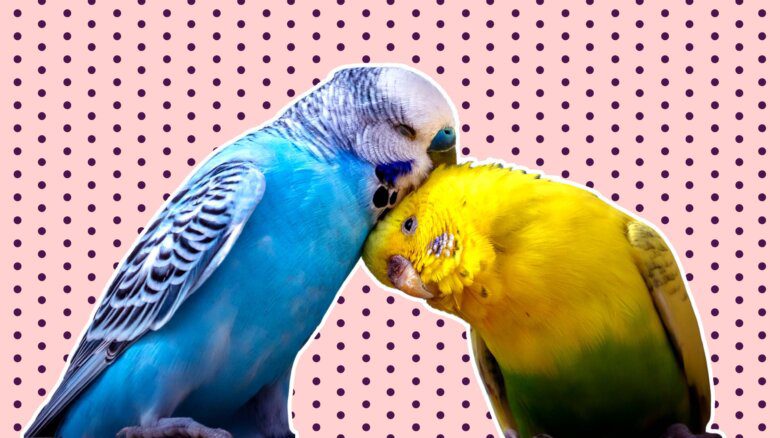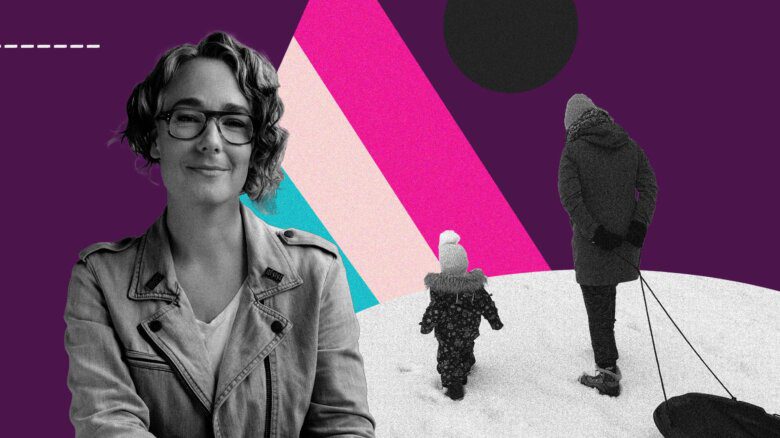It’s starting to get annoying. I’m out in a bar, I see a cute guy, I give him a glance — not with any intent to buy, you understand, just a respectful glance — and suddenly I notice a second set of eyes noticing mine and a possessive hand swooping in to pat the cute guy’s bum or shoulder or just generally stake a claim.
Forget gay marriage. The biggest change to gay life in the last decade or so is simply the increased number of couples. Gaydom used to be a nation of singles held together by legends of romance. Indeed one of the advantages of gay life used to be that you could be single and still have a social life. You could go out on your own and hang around and meet people and not be thought — as you would be in straight life — an oddity. Now the reverse is true. We’re getting closer to the straight pattern where you almost have to be part of a couple to have a social life.
Technology and tolerance are making it easier for people to meet “offsite” — outside traditional gay villages — and my guess is that that makes it easier to find a compatible mate. The bars are terribly democratic, equally open to people of all classes, backgrounds and educations, but not terribly good at matching people from similar backgrounds — maybe the reverse in fact. So any time you can meet somebody at work or while you’re still in school (as I think more and more young people are doing) you’ve got a better chance of hooking up with somebody with a similar worldview. Net result: more couples.
It’s nice, I suppose, that so many people are finding an emotional satisfaction that was closed to their forebears, but the net effect is that a huge chunk of gay life has become private.
It might seem odd to suggest that gay life is going private at the same time that same-sex marriage is all over the media, but the press seldom does more than scratch the surface and the relatively new phenomenon of the out gay couple remains an underdescribed enigma.
Typically these days gay couples are shown either in the throws of the marriage battle, in which case they’re described in terms of rights, responsibilities and other legalities, or they’re showcased in the décor-porn section of newspapers and magazines, in which case they’re essentially described in terms of their jobs and possessions. (Did everyone see John and Andrey and their lovely Stratford regency cottage in the Jun 13 Globe and Mail?)
What’s missing, of course, is any sense of what keeps these people together.
Traditionally that’s been the job of fiction and so far gay fiction has largely ignored the topic. We’ve yet to find our John Updike, a writer capable of endowing coupledom with all the glamour and complexity of a grand philosophical problem.
The late Christopher Isherwood chronicled his own long-term relationship in his diaries (though most of them have yet to be published) and humorist David Sedaris often talks about his longtime boyfriend with affection and a raised eyebrow or two, most memorably in a piece called “Don’t Lose Me!” where he considers all the reasons why he might like to leave, then decides to stay. After 15 odd years he can’t live without the guy.
More typical is someone like Edmund White who sounds single even when he’s writing about relationships or John Weir whose unjustly neglected second novel What I Did Wrong follows a forty something gay guy pining for a twentysomething straight guy. (It’s funnier than it sounds, honest.)
Even at ground level, couples tend to be opaque. For all the dinner parties and handholding and biting glances, the animating dynamic is often hard to grasp. You see it at the beginning when they’re just getting together and you’re expected to like the other person even if you don’t and you see it again at the end when they’re breaking up and you’re expected to say you never really liked so-and-so anyway, but in between, who knows what’s going on. (Even the people involved usually don’t know. Try asking a pair of exes why they broke up and see what kind of answer you get — if any.)
Yet these inward-looking dyads now dominate gay society and it’s going to be interesting to see what effect they have. People with a heavy investment in their private lives may or may not be more inclined to be publicly involved — I really don’t know — but somehow I can’t see street protests arising from a society whose first loyalty is to hearth and home.
At the very least, it represents a large and perhaps unintended shift from the days when gays fought homophobia by making the private as public as possible (we’re here, we’re queer, get used to it). Now, it seems, we’ve come full circle and are ready to return the private to its traditional sphere — behind closed doors, the family huddled around the big-screen TV within.
Stay tuned for the consequences. There are bound to be some — and not just for my dating life.
 Why you can trust Xtra
Why you can trust Xtra


